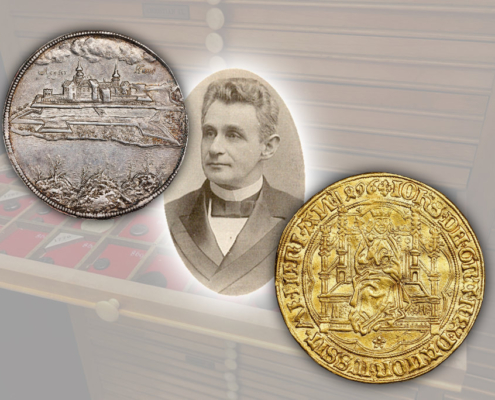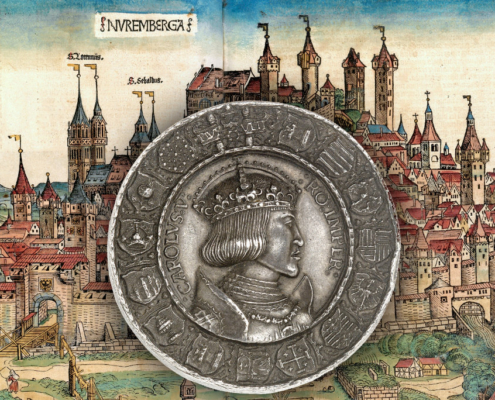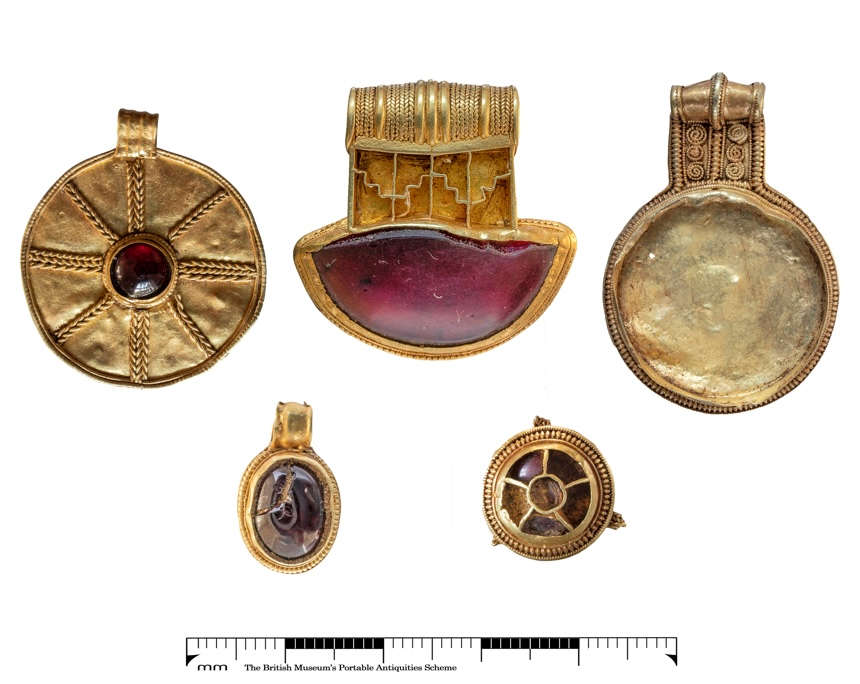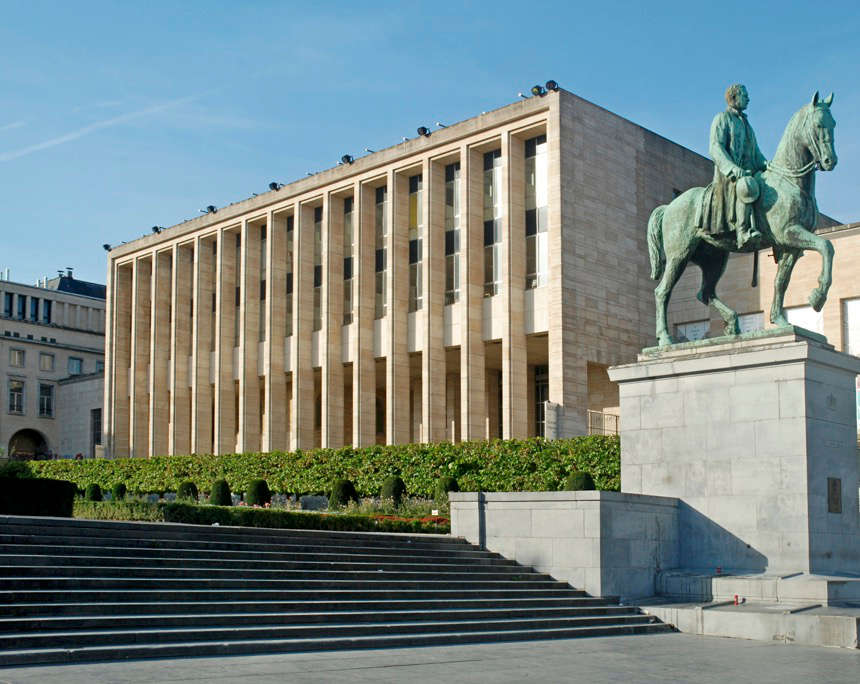Archive: People and Markets
2023 Was a Record Year for Archaeological Finds in the UK
The British Museum has launched the latest Portable Antiquities Scheme (PAS) Annual Report, showing a record high of 74,506 finds recorded by the public in 2023. See some of the highlights here.
Putting Survival Ratios of Ancient Coinages Into Perspective – Call for Papers
The 7th International Numismatic Conference of the Coin Cabinet of the Royal Library of Belgium takes place on 5 October 2024 and will focus on survival ratios of ancient coinages. Proposals for submissions are expected by 1 December 2023.
Archive: Coins, Medals and more

Highlights from the Bruun Collection
Stacks will sell the about 20.000 coins of the Bruun Collection in various auctions. The first sale features 300 Scandinavian rarities with an estimated value of 10 million US dollars. Learn more about two of the highlights: a Danish gold noble and a Norwegian Speciedaler dated to 1661 depicting the fortress of Akershus.

A Medal Made by Dürer as the Official Gift of the City of Nuremberg for Charles V
On 29 January 2025, auction house Künker will be auctioning an object of major art-historical importance in Berlin: the very Albrecht Dürer himself had been commissioned by the Nuremberg City Council to create the dies for medals that were to be officially handed to Charles V during his entry into the city in 1521.










Are Things Becoming Too Colourful? France and Portugal Issue 2-Euro Colour Coins
After six years, two Eurozone countries make use of the opportunity to design commemorative 2-euro coins with a special effect. Until now, official 2-euro coins with colour have been an absolute exception – for they are not at all liked to be seen in Brussels.
Reischauer Becomes Part of the Heimerle + Meule Group
With the acquisition of Reischauer GmbH, the Heimerle + Meule Group is expanding its already strong position in the European precious metals market. In the previous year, Heimerle + Meule was already able to substantially enlarge its expertise in precious metal coins and medals by acquiring a majority stake in the Commonwealth Mint.